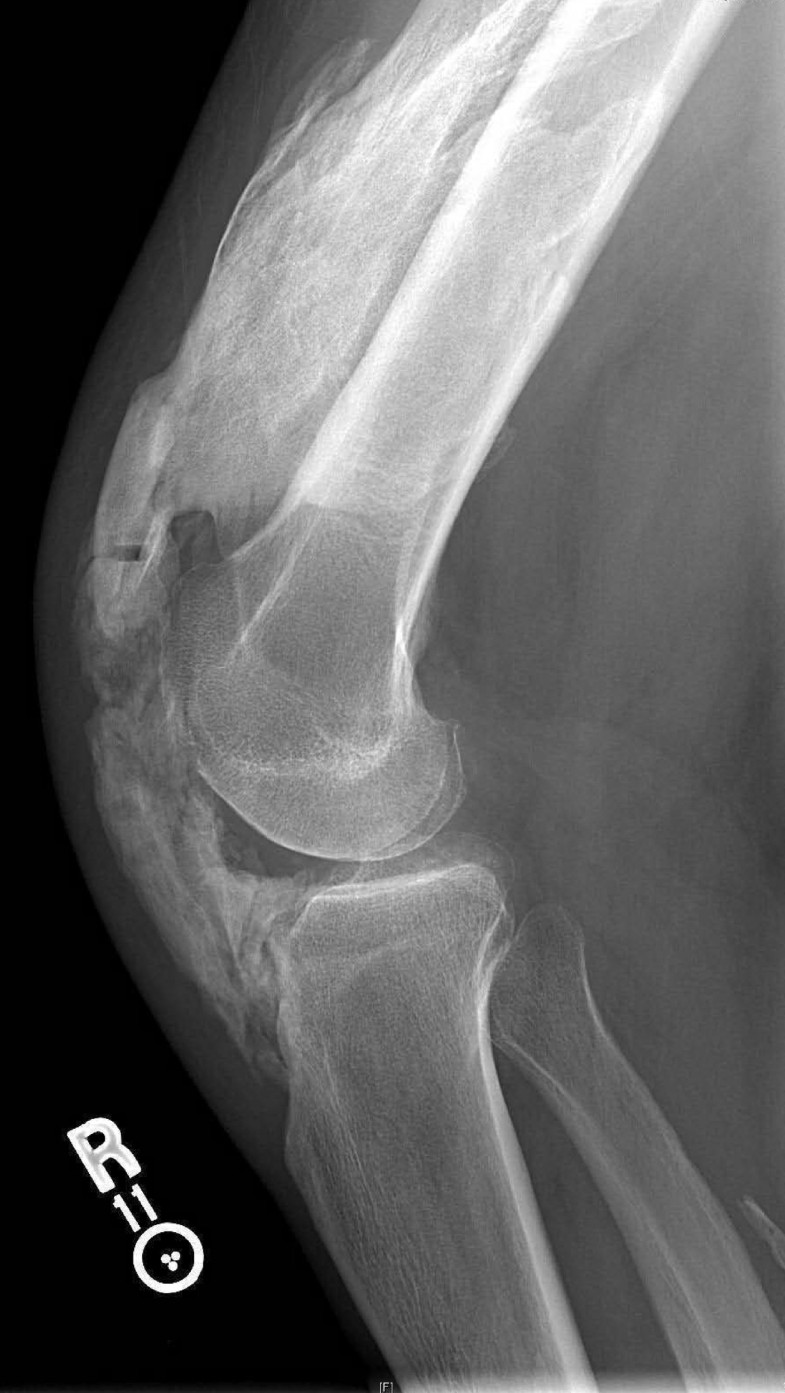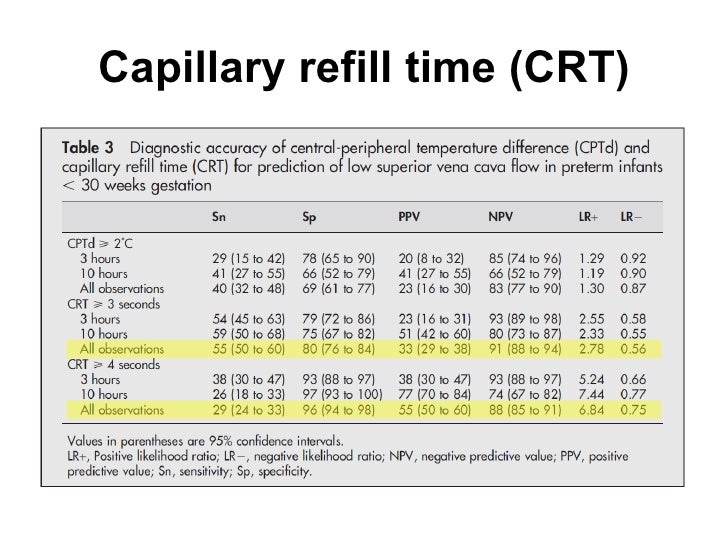
- Brisk capillary refill skin#
- Brisk capillary refill full#
- Brisk capillary refill trial#
- Brisk capillary refill license#
Coronal images centered on the second distal and fourth proximal interphalangeal joints (Panels C and D, respectively) show no evidence of osseous erosion, periosteal reaction, fracture, joint effusion, or fluid collection. Sagittal images centered on the second digit and the fourth digit (Panels A and B, respectively) show focal soft‑tissue swelling (arrows) overlying the second distal interphalangeal joint and the fourth proximal interphalangeal joint on the dorsal aspect of the hand. CT of the left hand was performed after the administration of intravenous contrast material. Photographs of the patient’s left hand show violaceous bullae on the proximal interphalangeal joint of the fourth digit (Panel A) and the distal interphalangeal joint of the second digit (Panel B), each measuring 7 mm by 3 mm (Panel C). Winkler: A 22-year-old man was admitted to this hospital because of pain and rapidly spreading erythema of the left hand. The patient had recently begun practicing taxidermy. Over several hours, the pain progressed and bullae began to form.
Brisk capillary refill full#
The correct diagnosis, along with the full description of the case and the procedures performed, has been published in the November 25, 2021, issue of the Journal.Ī 22-year-old man was admitted with pain and swelling of the hand. What is the diagnosis? What diagnostic test is most likely to be helpful? Cast your vote on the diagnosis and submit a comment about what diagnostic test is indicated. The case description for a Case Records of the Massachusetts General Hospital appears below. The most trusted, influential source of new medical knowledge and clinical best practices in the world.
Brisk capillary refill license#
Information and tools for librarians about site license offerings. Valuable tools for building a rewarding career in health care. The authorized source of trusted medical research and education for the Chinese-language medical community. The most advanced way to teach, practice, and assess clinical reasoning skills. Information, resources, and support needed to approach rotations - and life as a resident. The most effective and engaging way for clinicians to learn, improve their practice, and prepare for board exams. NEW! Peer-reviewed journal featuring in-depth articles to accelerate the transformation of health care delivery.Ĭoncise summaries and expert physician commentary that busy clinicians need to enhance patient care.
Brisk capillary refill trial#
Rudolph's Pediatrics, 23e 2018.NEW! A digital journal for innovative original research and fresh, bold ideas in clinical trial design and clinical decision-making. New York, NY: McGraw-Hill Education 2017. Question & Explanation: Peterson AR, Wood KE. This patient’s creatinine is elevated approximately two times her expected baseline, and she has been oliguric for not more than 12 hours, which fits the criteria for stage 2 AKI. Standardized definitions of AKI are based on changes in serum creatinine and presence of oliguria. There are also only three stages of acute kidney injury. AKI can be oliguric or nonoliguric, and the presence of urine output does not exclude the presence of AKI. AKI is an independent risk factor for intensive care unit admissions with prolonged length of stay and ventilation days, and increased mortality. It is highly prevalent in the pediatric population, occurring in one of three hospital admissions for children. The correct answer is “ B.” Acute kidney injury (AKI) is an abrupt decrease in GFR and renal function that is reversible in the majority of cases. How would you classify her acute kidney injury?

Strategies that modulate the inflammatory response may prove beneficial in human acute renal failure. The release of cytokines and chemokines from infiltrating cells and injured tubules can amplify the destructive process. Major microvascular changes and inflammatory pathways induced by acute kidney injury. You suspect toxic shock syndrome with acute kidney injury. She received fluid resuscitation, requiring multiple normal saline boluses, and has been started on a vasopressor continuous infusion.

Her urinalysis has a specific gravity greater than 1.030. Her BUN is 29 mg/dL and creatinine is 1.9 mg/dL.
Brisk capillary refill skin#
Her skin is diffusely red and her eyes are injected.

On exam, she is tachycardic with brisk capillary refill. She has been vomiting and had diarrhea this morning.


 0 kommentar(er)
0 kommentar(er)
